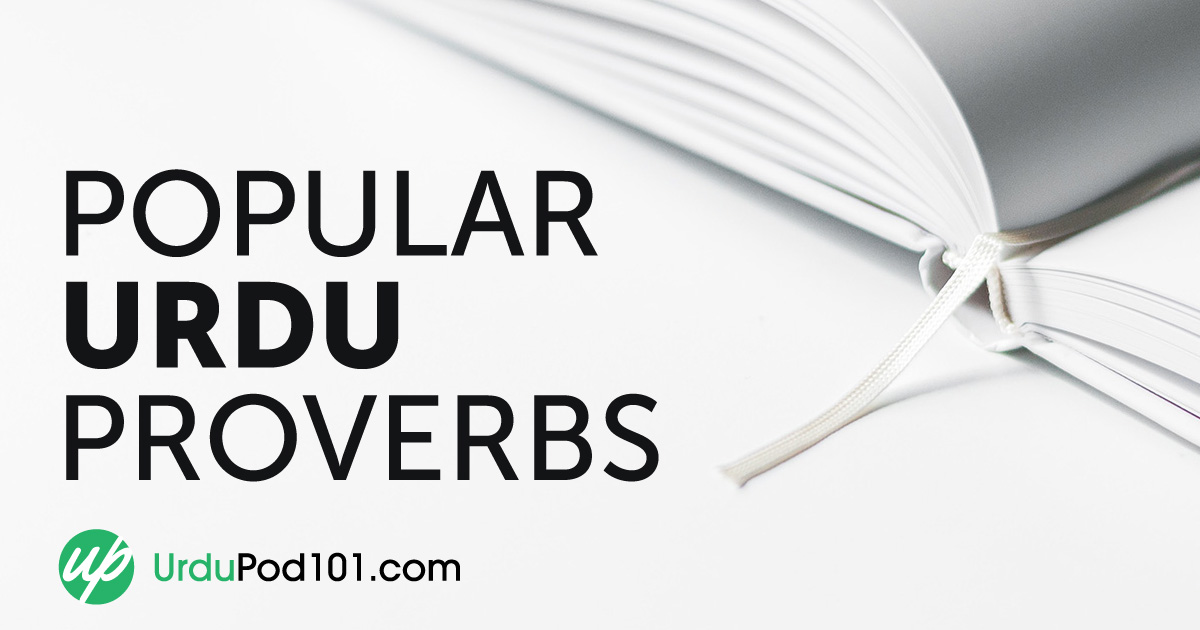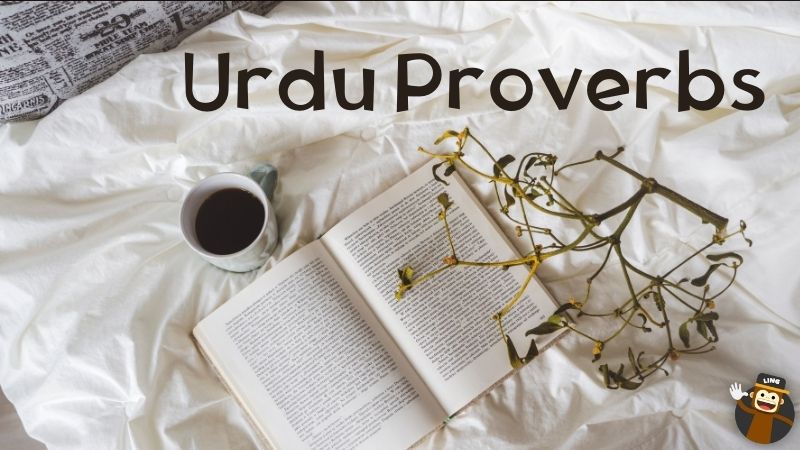
50 Proverbs Meaning In Urdu | Urdu to English Proverbs: Unraveling the Essence of Cultural Wisdom
Introduction
Language is a vessel that carries the essence of culture, wisdom, and tradition. Urdu, a language cherished by millions, encapsulates its heritage in proverbs, those concise and profound expressions that offer insights into life, relationships, and the human condition. In this article, we embark on a journey to decode the meanings of 50 popular Urdu proverbs and unravel the cultural tapestry that shapes them.
50 Proverbs Meaning In Urdu | Urdu to English Proverbs
Diving straight into the heart of our exploration, let’s delve into the meanings of these 50 Urdu proverbs and their English counterparts:
Proverb 1: “Dil ko khush rakhne ko Ghalib yeh khayal acha hai”
Meaning:
A heart contented is a heart that flourishes, as beautifully articulated by Ghalib.
Proverb 2: “Jitna lamba chadar ho, utni hi pair failane chahiye”
Meaning:
Spread your feet under the blanket as much as it’s long, implying one should stretch their resources to match their needs.
Proverb 3: “Chor ki dadi, mein tinka”
Meaning:
A thief’s grandmother also has a small straw, underscoring that everyone has something to hide or be embarrassed about.
Proverb 4: “Baghal mein churee, mooh mein raam raam”
Meaning:
A knife hidden in the armpit and uttering God’s name with your mouth – suggesting hypocritical behavior.
Proverb 5: “Andhon mein kaana raja”
Meaning:
In the land of the blind, the one-eyed man is king, signifying that even a little knowledge can make one powerful in the right circumstances.
Proverb 6: “Behti ganga mein haath dhona”
Meaning:
To wash one’s hands in the Ganges – highlighting a futile effort or trying to improve a situation that’s beyond repair.
Proverb 7: “Baalti bharna”
Meaning:
Filling a container drop by drop – emphasizing the importance of perseverance and consistency.

Proverb 8: “Ghar ki murgi daal barabar”
Meaning:
The chicken at home is as good as lentils – pointing out how people often fail to appreciate what they have.
Proverb 9: “Darya mein daal ka pani hona”
Meaning:
Being a drop in the ocean – acknowledging one’s insignificance in the grand scheme of things.
Proverb 10: “Neki kar dariya mein daal”
Meaning:
Do good deeds and let them flow like a river – encouraging altruism and kindness.
…
Proverb 50: “Mitti pao”
Meaning:
To hit the ground – referring to someone who’s been defeated or proven wrong.
FAQs
Q: Why are proverbs important in a language? A: Proverbs are like capsules of wisdom, conveying cultural values and life lessons succinctly.
Q: Do these proverbs have relevance in modern times? A: Absolutely. Many of these proverbs offer timeless insights into human behavior and relationships.
Q: How can I use these proverbs in my daily conversations? A: Incorporating proverbs can make your speech more colorful and insightful, enhancing your communication.
Q: Can proverbs be misunderstood due to cultural differences? A: Yes, interpreting proverbs across cultures can lead to misunderstandings. Context is crucial.
Q: Are proverbs exclusive to Urdu culture? A: No, every language and culture has its own set of proverbs that reflect their unique wisdom.
Q: Where can I find more proverbs to explore? A: Libraries, online resources, and conversations with native speakers are great ways to discover new proverbs.
Conclusion
As we conclude our journey through these 50 Urdu proverbs and their English translations, we gain a deeper appreciation for the rich cultural heritage that they carry. These proverbs serve as bridges that connect generations, offering nuggets of wisdom that transcend time and place. They remind us that beneath the surface of languages and customs, human experiences remain universal, and the essence of wisdom is eternal.
So, next time you hear someone say, “Dil ko khush rakhne ko Ghalib yeh khayal acha hai,” you’ll know that they’re not just uttering words – they’re sharing a piece of their cultural legacy.

